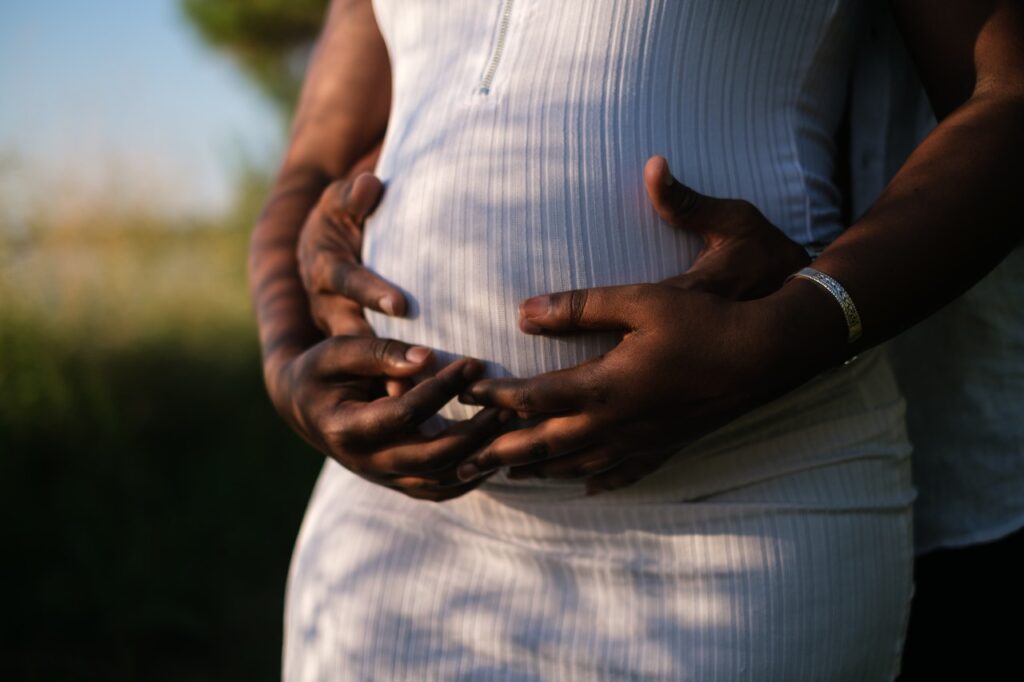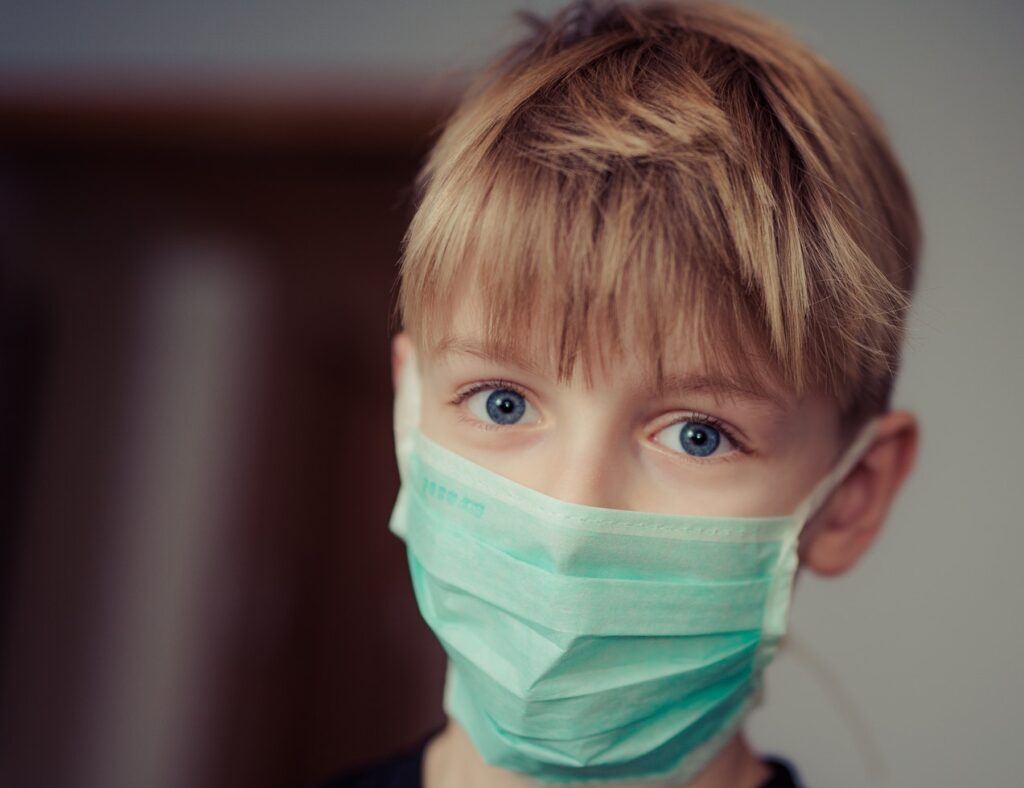Today, we learned of the passing of author, chef, cooking ambassador, storyteller and overall amazing person Anthony Bourdain to suicide. His death bookends a week when we got wind of the tragic passing of designer Kate Spade also to suicide.
Earlier this month, famed Swedish DJs Avicci also took his own life. They join the millions of other non famous people or lesser known who succumb to their inner turmoil, or the effects of depression, anxiety, bipolar disorder or other mental anguish and issues.
If there is one thing that can be learned from these deaths, it is that depression and mental illness have no one look. Those suffering may wear a mask or normally or a smile , while suffering silently.
Depression can be concealed, and can be happening to those near and dear to us, right under our noses.
You never know what demon or issues people are dealing with, so check in on your friends, family and neighbors once in a while.
Look for Warning Signs. Help Someone.
So it’s a good time to remind ourselves to reach out to those personally around us if we notice mood and behavior changes, letting their appearance go, dropping out of school or hobbies, avoiding friends, not sleeping well, or a big change in mood, reach out. Let them know someone cares and you are there for them.
If there has been a life altering episode, or another situation that leads to extreme emotional stress. Heed to warning signs that someone may be suffering with depression.
If you have had suicidal thoughts, Please Stay.
If you are reading this, and you have had suicidal thoughts, and are dealing with so much sadness, loneliness or other anxiety that you feel you cannot cope any longer with the pain, please remember that “this too shall pass.”
“When one door closes, another opens; but we often look so long and so regretfully upon the closed door that we do not see the one which has opened for us,” Alexander Graham Bell famously said.
An unknown author quipped, “Nobody trips over mountains. It is the small pebble that causes you to stumble. Pass all the pebbles in your path and you will find you have crossed the mountain.”
It may be really hard to come to grip with the grande scheme of life and your perspective may be skewed right now because of how you are feeling, but trust me when I say, there is a light and hope and happiness waiting for you on earth.
Find someone to talk to and if you don’t feel you can open up with some there is always the National suicide prevention hotline for US residents (Internationally for others) where you can get help and guidance, and perhaps a referral to some place where you can get personal, confidential counseling at no cost too.
There is good and beauty everywhere.
Try to concentrate on the positive things about yourself and your life. Make plans this weekend to get away and have some fun. Splurge on a manicure or facial. Enjoy the weather and if it’s raining, check out some movies you’ve never seen. There are so many out there you haven’t watched.
You cannot end it all now. (smile)
Live for another day. Survive this.
For those who want to know how to help someone, here are some tips from the National Suicide Prevention organization for you to keep in mind.
Know the Risk Factors
Risk factors are characteristics that make it more likely that someone will consider, attempt, or die by suicide. They can’t cause or predict a suicide attempt, but they’re important to be aware of.
•Mental disorders, particularly mood disorders, schizophrenia, anxiety disorders, and certain personality disorders
•Alcohol and other substance use disorders
•Hopelessness
•Impulsive and/or aggressive tendencies
•History of trauma or abuse
•Major physical illnesses
•Previous suicide attempt(s)
•Family history of suicide
•Job or financial loss
•Loss of relationship(s)
•Easy access to lethal means
•Local clusters of suicide
•Lack of social support and sense of isolation
•Stigma associated with asking for help
•Lack of healthcare, especially mental health and substance abuse treatment
•Cultural and religious beliefs, such as the belief that suicide is a noble resolution of a personal dilemma
•Exposure to others who have died by suicide (in real life or via the media and Internet)
Know the Warning Signs
Some warning signs may help you determine if a loved one is at risk for suicide, especially if the behavior is new, has increased, or seems related to a painful event, loss, or change. If you or someone you know exhibits any of these, seek help by calling the Lifeline.
- Talking about wanting to die or to kill themselves
- Looking for a way to kill themselves, like searching online or buying a gun
- Talking about feeling hopeless or having no reason to live
- Talking about feeling trapped or in unbearable pain
- Talking about being a burden to others
- Increasing the use of alcohol or drugs
- Acting anxious or agitated; behaving recklessly
- Sleeping too little or too much
- Withdrawing or isolating themselves
- Showing rage or talking about seeking revenge
- Extreme mood swings
CNN Reports:
When a high-profile person dies by suicide, the “celebrity-suicide effect” can lead to a rise in copycat deaths. In the four months after Robin William’s took his own life in 2014, there was a 10% increase — almost 2,000 additional suicides — recorded.
There is already a rise in suicide rates in the US, increasing more than 25% since 1999. Suicide was the 10th leading cause of death in 2015, according to the US Centers for Disease Control and Prevention.
Suicide rates are also rising worldwide, with some one million people dying annually from suicide. The World Health Organization estimates a global suicide rate of one death every 40 seconds, which by 2020 they predict will increase to one every 20 seconds.If you or someone you know might be at risk of suicide, here are ways to help:
Call 1-800-273-8255 to reach the National Suicide Prevention Lifeline. It provides free and confidential support 24 hours a day, seven days a week for people in suicidal crisis or distress. You can learn more about its services here, including its guide on what to do if you see suicidal language on social media. You can also call 1-800-273-8255 to talk to someone about how you can help a person in crisis. For crisis support in Spanish, call 1-888-628-9454.
For the TrevorLifeline, a suicide prevention counseling service for the LGBTQ community, call 1-866-488-7386.
Text HOME to 741741 to have a confidential text conversation with a trained crisis counselor from Crisis Text Line. Counselors are available 24/7. You can learn more about how the texting service works here.
For online chat, the National Suicide Prevention Lifeline provides a confidential chat window, with counselors available 24/7.
Boys Town also provides counselors for youth-specific online chat at this link. It is available every Monday through Friday between 6 p.m. and midnight in the Central time zone.
























